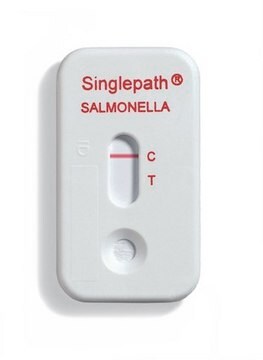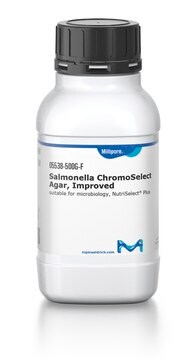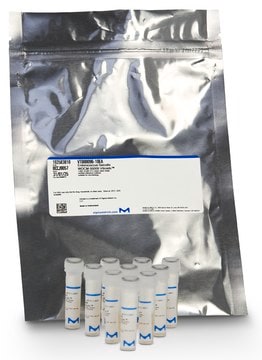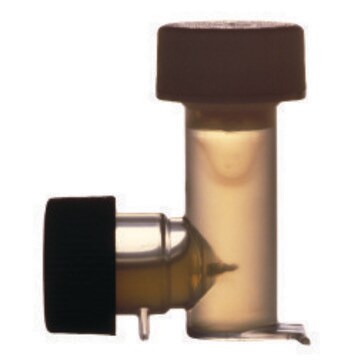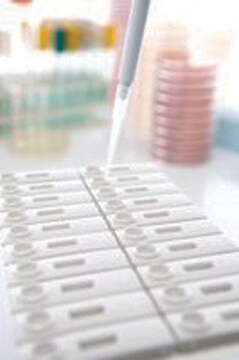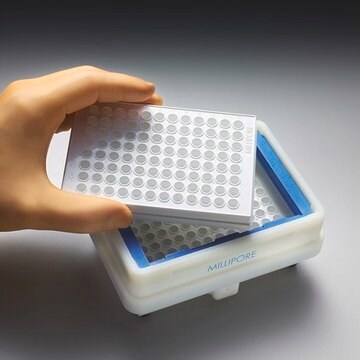55662
Hybriscan™ D kit
Salmonella, suitable for food and beverages, microbiology and in situ hybriziation
Synonyme(s) :
Salmonella HybriScan™D, FastScan Salmonella
About This Item
Produits recommandés
Nom du produit
HybriScan™D Salmonella, suitable for microbiology
Fabricant/nom de marque
(HybriScan™)
Technique(s)
microbe id | in situ hybriziation: suitable
Application(s)
food and beverages
microbiology
Température de stockage
2-8°C
Adéquation
Salmonella spp.
Description générale
Caractéristiques et avantages
Informations légales
Mention d'avertissement
Danger
Mentions de danger
Classification des risques
Acute Tox. 3 Inhalation - Acute Tox. 4 Dermal - Acute Tox. 4 Oral - Carc. 1B - Eye Dam. 1 - Met. Corr. 1 - Muta. 2 - Resp. Sens. 1 - Skin Corr. 1A - Skin Sens. 1 - STOT SE 3
Organes cibles
Respiratory system
Code de la classe de stockage
6.1C - Combustible acute toxic Cat.3 / toxic compounds or compounds which causing chronic effects
Point d'éclair (°F)
Not applicable
Point d'éclair (°C)
Not applicable
Faites votre choix parmi les versions les plus récentes :
Certificats d'analyse (COA)
It looks like we've run into a problem, but you can still download Certificates of Analysis from our Documents section.
Si vous avez besoin d'assistance, veuillez contacter Service Clients
Déjà en possession de ce produit ?
Retrouvez la documentation relative aux produits que vous avez récemment achetés dans la Bibliothèque de documents.
Les clients ont également consulté
Articles
Fast molecular screening of beverage, water, wastewater and food for microorganisms
Salmonella contamination is the second leading cause of food-borne illness worldwide. Controlling outbreaks of Salmonella is an important task for food regulators, restaurants and the food industry in general. The Salmonella family includes over 2,300 serotypes of bacteria, but two types, Salmonella enteritidis and Salmonella typhimurium, are responsible for about half of all human infections. Most outbreaks of Salmonella are traced back to dairy, poultry and meat products, but Salmonella can grow on nearly any food. Chicken, eggs and their derivative products are particularly high risk.
Protocoles
Food-borne pathogens Salmonella is commonly evaluated in manufacturing of peanut butter and other food products.
Contenu apparenté
Fast molecular screening of beverage, water, wastewater and food for microorganisms
Notre équipe de scientifiques dispose d'une expérience dans tous les secteurs de la recherche, notamment en sciences de la vie, science des matériaux, synthèse chimique, chromatographie, analyse et dans de nombreux autres domaines..
Contacter notre Service technique